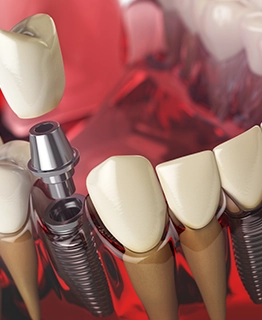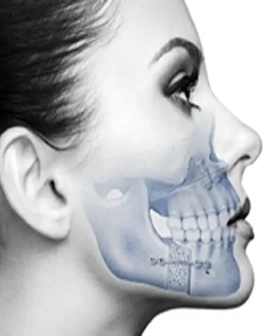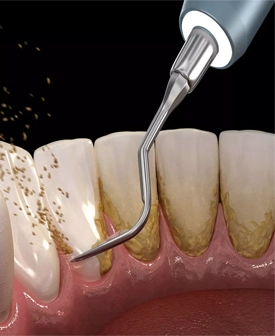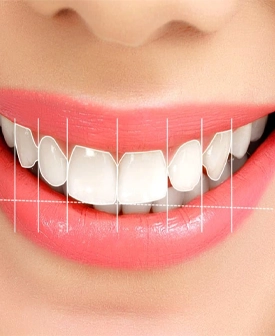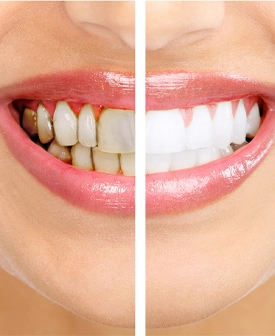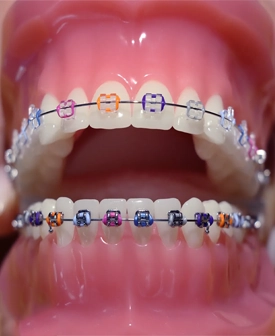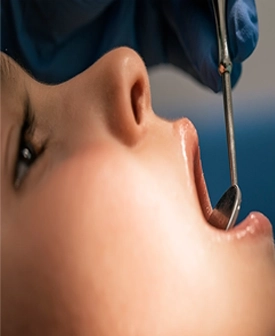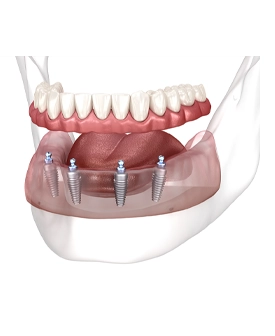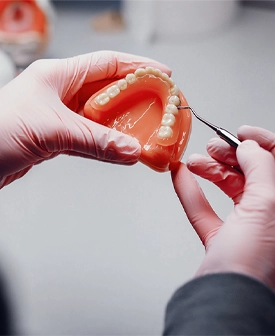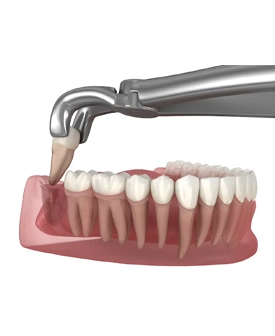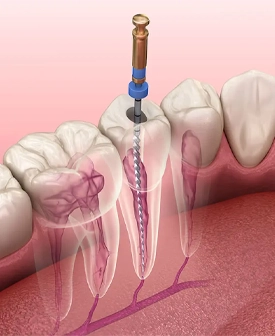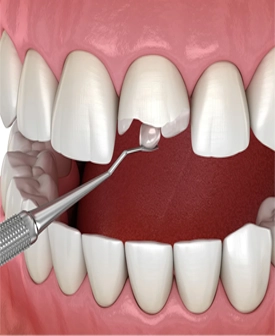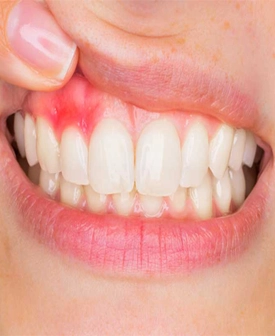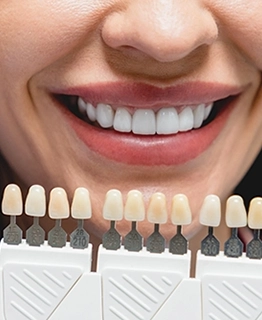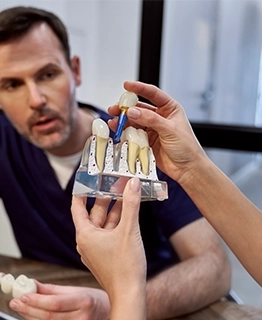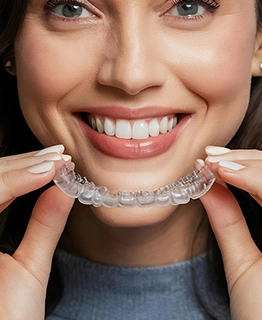Emax
What Is an Emax Dental Crown? The Secret to Aesthetic Smiles
Emax crowns are one of the most preferred types of porcelain crowns in aesthetic dentistry. Made from lithium disilicate ceramic, a material known for its high strength, Emax crowns are notable for their ability to mimic the natural shape and color of real teeth. Thanks to their light-transmitting properties, especially in the front teeth, they offer a highly natural appearance. With their combination of durability and aesthetics, Emax crowns are an ideal choice for those seeking a flawless smile design.
What Should You Know Before Getting an Emax Crown?
Before undergoing Emax crown treatment, it's important to understand the procedure and the post-treatment care in order to achieve long-lasting and healthy results. A thorough consultation with your dentist should be done to examine for any underlying issues such as tooth decay, gum disease, or infection that need to be treated first. It's also helpful to view your dentist’s previous Emax work to better understand their aesthetic approach. Cost, treatment duration, and choosing the right shade of crown for your smile should be clarified in advance.
Advantages of Emax Crowns – From Aesthetics to Function
Emax dental crowns not only deliver an aesthetically pleasing appearance but also offer functional benefits. Their high translucency allows for a natural tooth-like effect, making them ideal for use in the front teeth. They are resistant to chewing forces and provide long-term durability. The porcelain surface resists staining, helping the crown maintain its brightness for years. Additionally, their biocompatibility ensures a healthy integration with the gums, without negatively affecting oral health. Emax crowns are a modern solution for patients looking to enhance both their smile and dental function.
How is the Emax Veneer Process Done? Application Stages and Important Considerations:
Emax veneer is one of the modern dental solutions that combine aesthetics and durability. The application process consists of several key steps, and each phase is tailored to the individual patient:
1. Examination and Evaluation
Before starting the treatment, the dentist performs a detailed oral examination. At this stage, the general condition of the teeth is assessed, and the suitability for veneers is evaluated. Based on the aesthetic expectations and the current structure of the teeth, Emax veneers are recommended.
2. Tooth Preparation
A minimal amount of tooth structure is removed from the surface of the tooth where the veneer will be applied. This ensures that the veneer fits perfectly onto the tooth and supports its natural appearance.
3. Impression and Temporary Veneer
An impression of the prepared tooth is taken and sent to a special laboratory. Based on this impression, a customized Emax veneer is designed. During this process, a temporary veneer is placed on the tooth to protect it.
4. Placement of the Permanent Veneer
The veneer, made in the laboratory, is carefully placed on the tooth. The color, shape, and fit are checked. After necessary adjustments are made, the veneer is permanently fixed using special adhesives.
When is Emax Veneer Preferred?
Emax veneers can solve many problems both aesthetically and functionally. Here are the main situations where they can be applied:
- Restoration of decayed or damaged teeth
- Repair of broken or cracked teeth
- Strengthening of worn-down teeth
- Addressing aesthetic concerns and color imperfections
- Correction of crooked or irregular teeth
- Smile design applications
- Aesthetic corrections after gum recession
How Long Does an Emax Veneer Take to Complete?
Typically completed in two or three sessions, the procedure may take anywhere from a few days to a few weeks, depending on the patient's dental condition. In the first session, impressions are taken and the tooth is prepared. In the second session, the veneer is permanently placed on the tooth.
What is the Lifespan of Emax Veneers?
Emax veneers are durable for 10 to 15 years. However, this duration may vary depending on oral care habits and lifestyle. To extend the lifespan of the veneer:
- Regular brushing and flossing
- Avoiding hard foods
- Using a night guard if you have a teeth grinding problem
- A dental check-up every 6 months is recommended.
What Are the Differences Between Zirconium and Emax Veneers?
Emax and Zirconium veneers, which are frequently preferred for dental aesthetics and functionality, differ in terms of material composition and areas of use. Here are the key differences between these two types of veneers:
1. Material Composition
- Emax Veneer: Made from lithium disilicate glass ceramic. Provides high transparency and aesthetic appeal.
- Zirconium Veneer: Made from zirconium oxide (zirconia). It is metal-free but has a more opaque appearance.
2. Aesthetic Appearance
- Emax: Mimics the natural transparent structure of the tooth. Therefore, it is especially preferred for visible areas, such as the front teeth.
- Zirconium: Has a more opaque structure. While aesthetically good, it doesn't provide as natural a look as Emax.
3. Area of Use
- Emax: Ideal for front teeth, where aesthetics are the priority.
- Zirconium: Preferred for back teeth (molars) due to its greater durability.
4. Durability
- Zirconium: More resistant to intense chewing forces.
- Emax: While superior in aesthetics, it is slightly more delicate in terms of durability compared to zirconium.
5. Tooth Preparation
- Emax: Can be applied with minimal tooth reduction (minimal invasive).
- Zirconium: May require more tooth structure to be filed down.
6. Heat Conductivity and Oral Comfort
- Emax: Has lower heat conductivity, meaning there is less sensitivity to hot and cold.
- Zirconium: Has slightly higher heat conductivity, but this difference is usually not noticeable to patients.
How Should Care Be After Emax Veneers?
To preserve the aesthetics and durability of Emax veneers for many years, the following care recommendations should be followed:
1. Daily Oral Hygiene
- Brush twice a day with a soft toothbrush.
- Use a non-abrasive toothpaste.
- Clean the interproximal areas with dental floss or an interdental brush to remove plaque.
2. Gum Health
- Gum recession and inflammation can negatively affect the aesthetics of the veneer.
- Regular care and professional cleaning should be performed to maintain healthy gums.
3. Avoid Hard Foods
- Hard nuts, ice, or hard candies can damage the veneer.
- If there is a problem with bruxism (teeth grinding), wearing a night guard is recommended.
4. Be Cautious with Staining Foods
- Products like tea, coffee, and cigarettes may cause discoloration around the veneer.
- After consuming such foods, it’s important to clean the mouth thoroughly.
Do Emax Veneers Affect Gum Health?
Emax veneers are highly advantageous in terms of biological compatibility:
- Lithium disilicate ceramic is well tolerated by gum tissue.
- When applied correctly, it does not cause irritation or inflammation in the gums.
- However, poor oral hygiene and improper application may lead to gum problems.
What Materials Are Used to Make Emax Veneers?
- Lithium Disilicate Glass Ceramic: This is the main material used to mimic the natural appearance of teeth.
- Bonding Agents: These are used to secure the veneer to the tooth.
- Special Adhesives (Dental Cement): These ensure the veneer stays in place for a long time.
- CAD/CAM Technology: Custom veneers are designed through digital measurement and production techniques.

